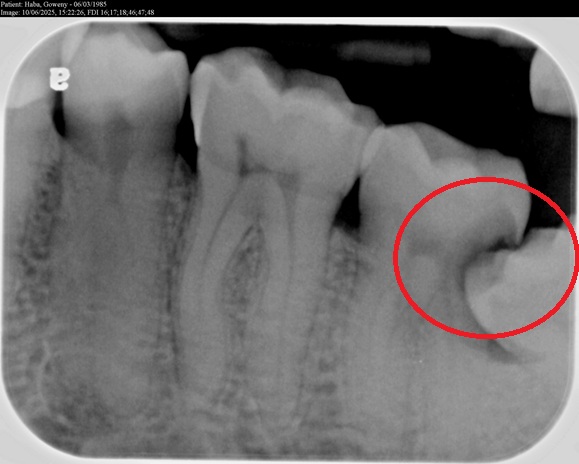What Is a Wisdom Tooth?
Wisdom teeth are the last teeth to appear in our mouths, usually between the ages of 17 and 25. Also known as third molars, they are located at the very back of the mouth, both on the top and bottom.
Why Are They Called "Wisdom" Teeth?
They get their name because they emerge later in life, at an age when we are supposedly more "wise" than in childhood. But despite their charming name, they are often associated with complications!
What Are They For?
Originally, wisdom teeth helped us chew tougher, more abrasive foods like roots and raw meat. Today, with softer diets and modern tools like utensils, they’re no longer essential for chewing.
And thanks to advances in dental care, we lose fewer teeth than before—so there’s often not enough space in the jaw for wisdom teeth to erupt properly.
Common Problems Linked to Wisdom Teeth
In many cases, our jaws are too small to accommodate these extra teeth, which can lead to pain or dental issues, such as:
- Impacted teeth (trapped under the gums)
- Infection or inflammation
- Cavities or resorption on neighboring teeth
- Cysts or jaw damage
Do They Always Need to Be Removed?
Not necessarily! Some wisdom teeth grow in properly and don’t cause any issues. Your dentist will evaluate their position using X-rays to determine if extraction is needed.
In Summary
- Wisdom teeth are the last to emerge
- They can cause pain or complications if there isn’t enough space
- Regular dental checkups help prevent problems
- Extraction may be recommended depending on their position

